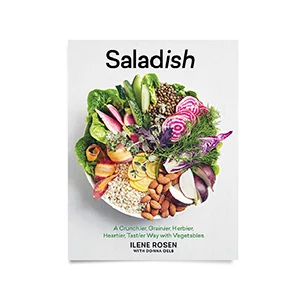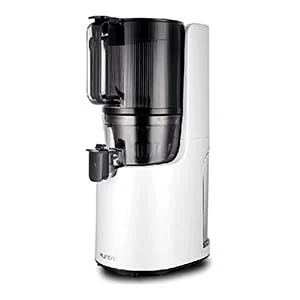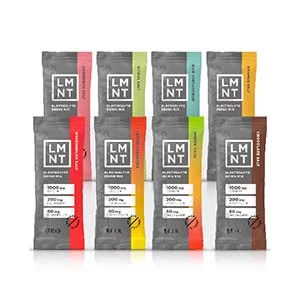It always seems to be about calcium: are you drinking enough milk, eating enough cheese – or god forbid you’re vegan; what foods are you eating to get calcium?
While calcium does help build bone density, keep us from developing osteoporosis, and is essential to our overall health for innumerable reasons, there is one other mineral that deserves our attention: magnesium. Magnesium is like a supporting actor, small yet integral to the overall success of the play. Without it, nothing else seems to work, and all other jobs are infinitely more difficult. It’s utilized in every organ of the body, especially the bones, teeth, heart, muscles and kidneys. It activates enzymes, contributes to energy production, helps regulate calcium levels, and is critical to nerve impulse conduction, muscle contraction, and normal heart rhythm. And if this seem to be an esoteric list of functions, think about this: Could low magnesium levels be the root cause of your migraines, PMS, muscle twitches, depression, insomnia or irregular bowel movements? Research is pointing towards yes.
Understanding Deficiency: Magnesium is abundant in our food chain, with green leafy vegetables, nuts and seeds, and legumes being predominant sources, but we’re still not getting enough. Studies indicate that adults average only 66% of the recommended daily allowance, making us chronically deficient. A likely reason is that these healthy foods are frequently traded for processed ones, plus indulging in foods such as coffee, soda, salt and alcohol can cause deficiency itself. Heavy menstrual periods, excessive sweating, certain medications, intestinal disorders and prolonged stress can also lower magnesium levels. Most of us fall into one of these categories (we do love our coffee!), making the health benefits of magnesium something to start thinking about. Another reason to boost your magnesium levels is to use it as a therapy. Research has demonstrated that raising magnesium levels in the body can positively effect many chronic diseases and symptoms, easing their severity and bringing relief. Here are ten conditions where magnesium has the potential to help.
Hypertension and cardiovascular disease: May lower blood pressure, reduce incidence of stroke and cardiac arrhythmias.
Type II Diabetes: Magnesium is a co-factor for over 100 enzymes involved in the control of blood sugar and glucose metabolism. Optimal magnesium levels helps to balance blood sugar and prevent Type II diabetes.
Migraine Headaches: Magnesium deficiency is related to factors that promote headaches, including neurotransmitter release and vasoconstriction.
Restless Leg Syndrome: Preliminary studies suggest that supplemental magnesium may be helpful for treating restless leg syndrome, even when magnesium levels are normal.
Insomnia: Supplementation of magnesium improves the length of sleep, while promoting a deeper sleep and reducing the incidence of insomnia.
Constipation: Magnesium increases water in your intestines, which helps initiate peristalsis – the wavelike motion that is needed for normal bowel movements. The water also softens stool, easing the passing. Magnesium relaxes the muscles in the intestines, helping to eliminate constipation.
Osteoporosis: Magnesium is involved in bone formation and also affects the concentrations of both parathyroid hormone and the active form of vitamin D, which regulate the health of the bones.
Mood: Research studies have shown that when magnesium in our diet is low, we have increased risk of depression. Magnesium has an anti-depressant effect, since it plays a role in several enzymes, hormones, and neurotransmitters that effect mood.
Inflammation: A diet low in magnesium has been linked to an increase in the inflammatory process.
PMS (premenstrual syndrome): Although conclusive research is still in progress, there are strong correlations between magnesium supplementation and a reduction in premenstrual cramps and changes in mood. Its mode of action is attributed to magnesium’s ability to relax muscles and influence neurotransmitter pathways.
Boost your Levels: As mentioned before, there are many foods that are rich in magnesium, you just have to look in the right place. We’ve compiled a list of the foods with the highest concentrations, making it easy to meet your needs on a daily basis. Because the body consistently uses up its stores of magnesium, eat these foods throughout the day, instead of all at once.
Foods: Swiss chard, cacao, cashews, chia, pumpkin, sesame and sunflower seeds, quinoa, black and navy beans, tempeh, wheat bran, wheat germ, almonds, buckwheat, Brazil nuts, dulse, filberts, millet, pecans, walnuts, rye, brown rice, figs, dates, collard greens, avocado, parsley, barley, dandelion greens and garlic.
Our Favorite Magnesium-Rich Recipes:Warm Spinach Artichoke Dip, Summer Spinach Salad, Sauteed Swiss Chard, Pineapple Swiss Chard Smoothie, Raw Chocolate Truffles, Vegan Chocolate Disks with Pomegranate and Hemp, Hazelnut Cacao Goji Halva Bars
Best Magnesium Supplements: Recommended types of magnesium include magnesium citrate, magnesium glycinate, and magnesium lactate, all of which are more easily absorbed into the body than other forms. It’s a good idea to take a B vitamin complex, or B6 with magnesium, because the level of vitamin B6 in the body determines how much magnesium will be absorbed into the cells. If you’re looking for a powder form, try Natural Calm, and if you prefer a capsule, try magnesium glycinate. Supplementation is the best choice when using magnesium for therapeutic uses.







































































